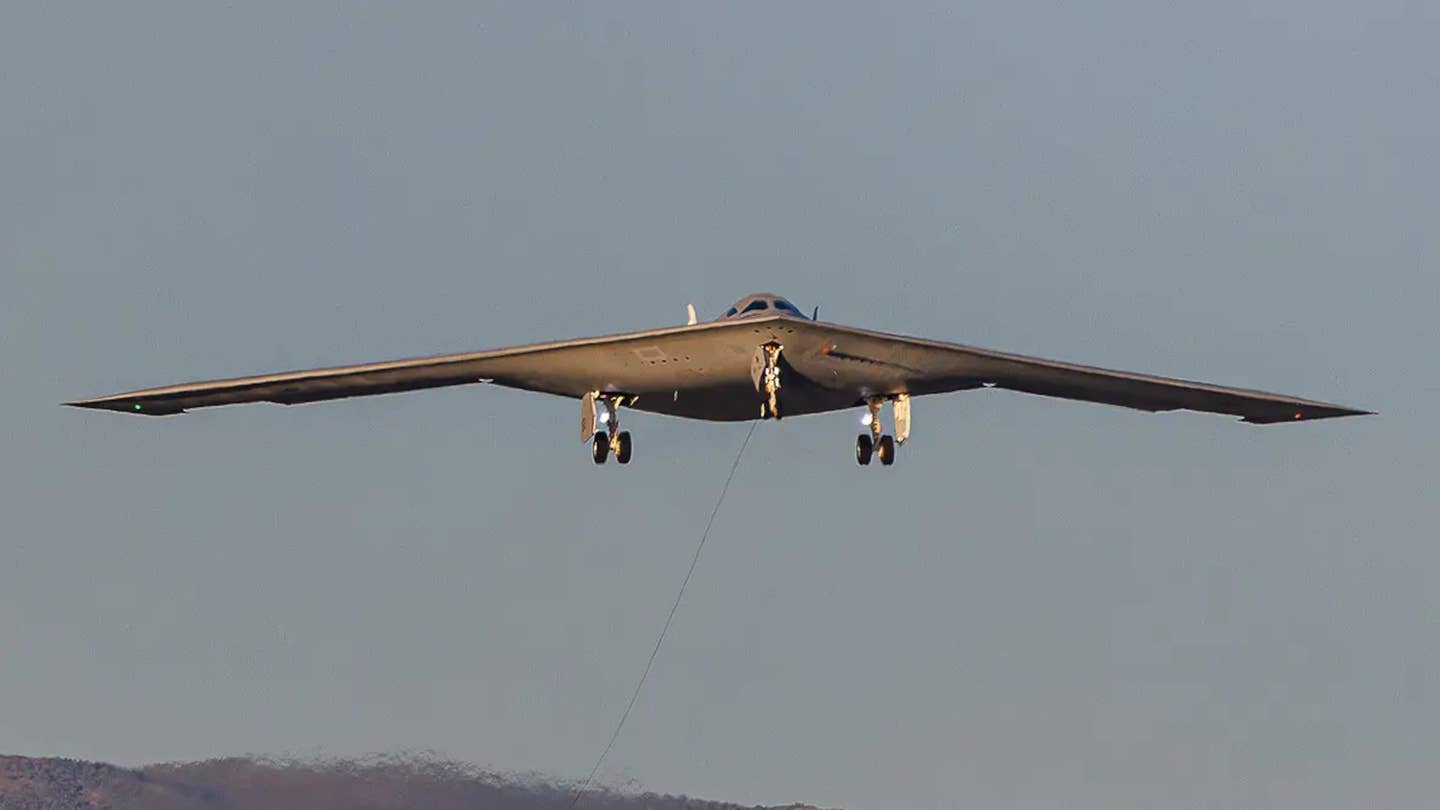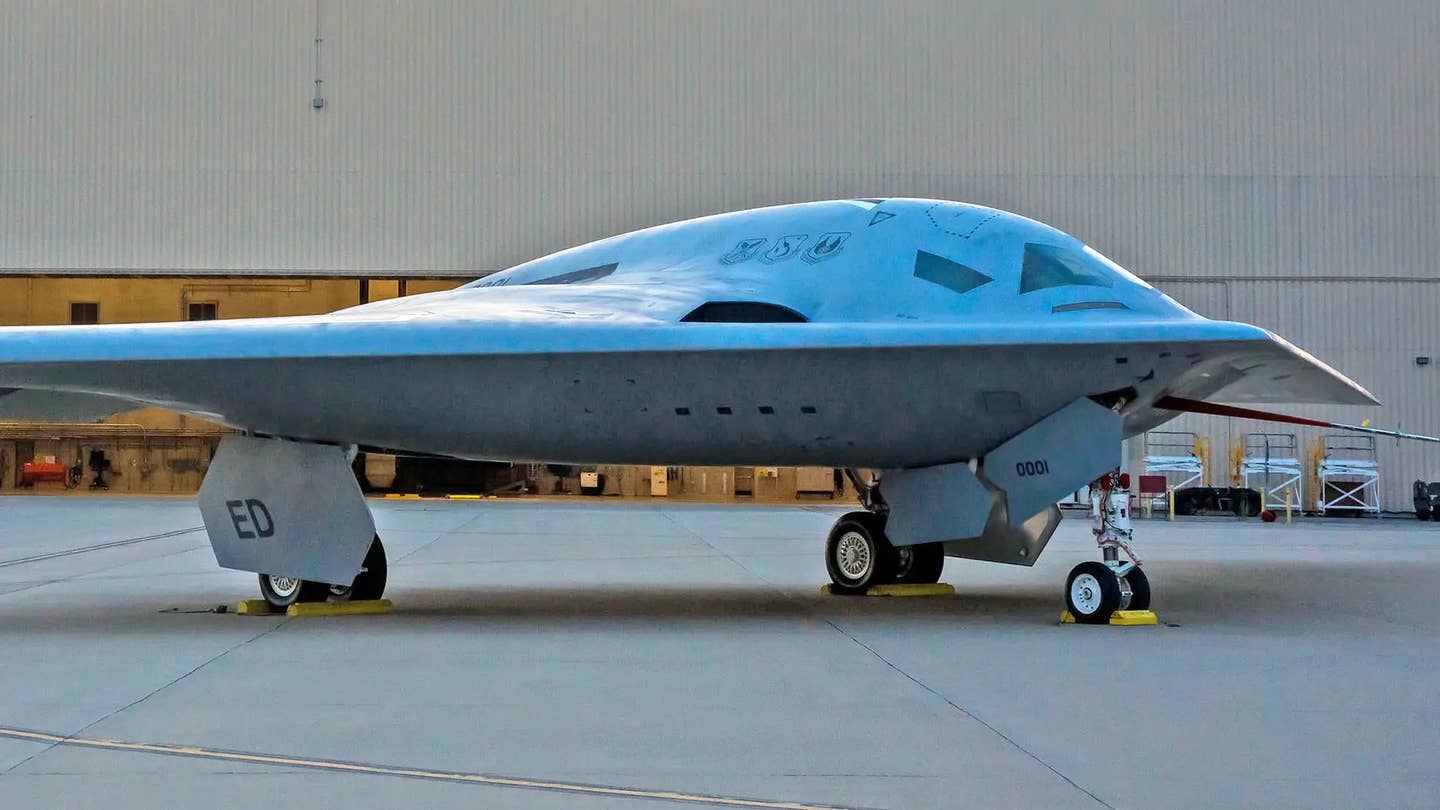David Brennan
Israel's war on Hamas and other Palestinian militant groups in the devastated Gaza Strip will not end any time soon, according to a former national security adviser to Prime Minister Benjamin Netanyahu, even if the operation does transition to a less intense phase over the coming months.
Yaakov Amidror, who served as Netanyahu's national security adviser from 2011 to 2013, told Newsweek during a Jerusalem Press Club briefing on Thursday that Israeli operations in the Gaza Strip will continue through 2024.
"It will not be ended within the year," Amidror explained. "A year from now I believe that Gaza will be 'cleaning up,' and we can pull out our forces and come in only if someone begins to build a threat against Israel."
"The year 2024 will be dedicated to cleaning Gaza," Amidror added. "It will mean—every day—raids into Gaza by our forces." Israel Defense Forces (IDF) and intelligence services strike groups, he said, will look to "destroy" targets linked to top Hamas leaders and the group's infrastructure, such as weapons depots and tunnels.
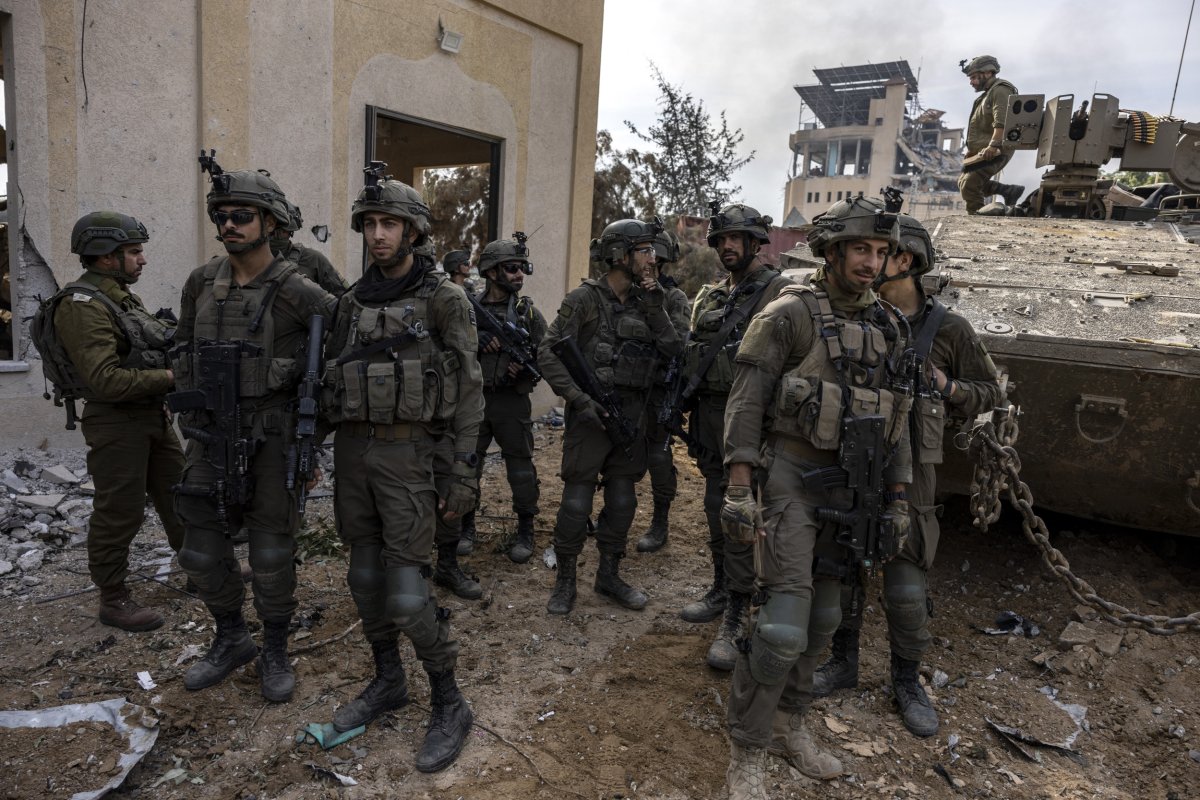
This picture taken during a media tour organized by the Israeli military on January 8, 2024, shows soldiers during operations in al-Bureij in the central Gaza Strip, amid continuing battles between Israel and the Palestinian militant group Hamas. Israeli leaders have vowed to annihilate the organization.
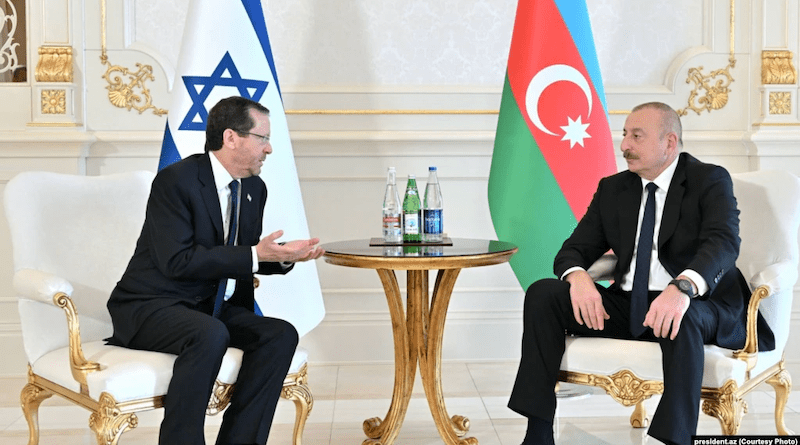
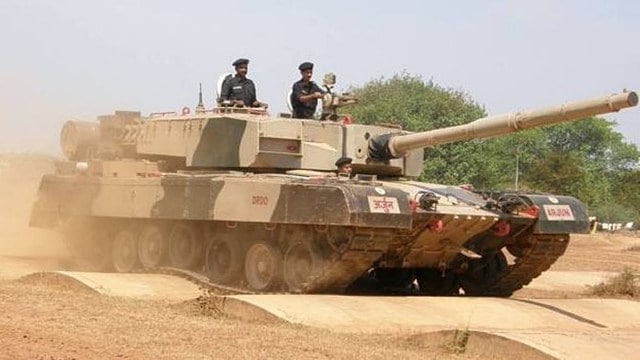
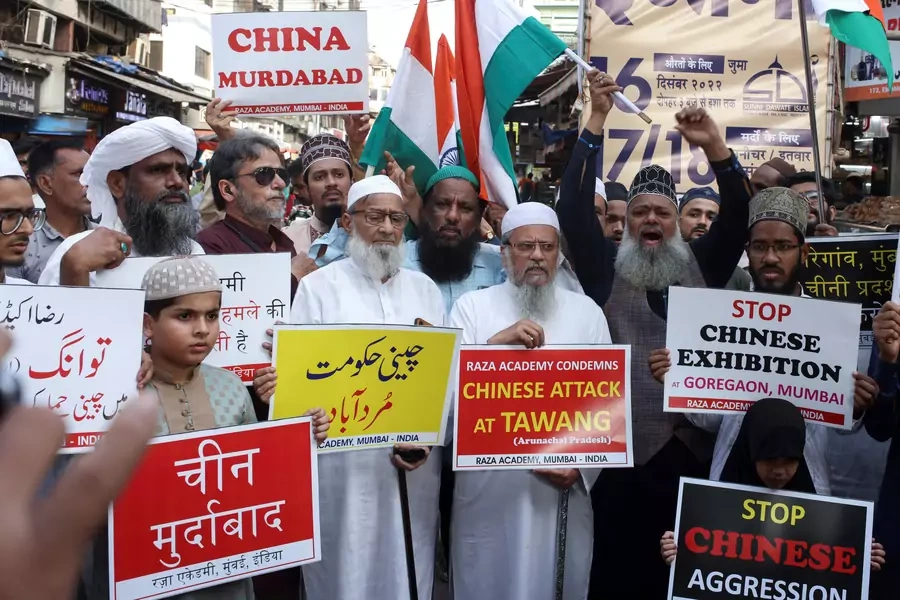

 A
A 
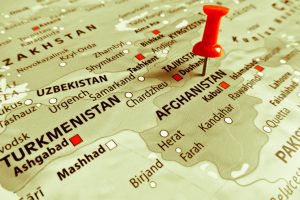

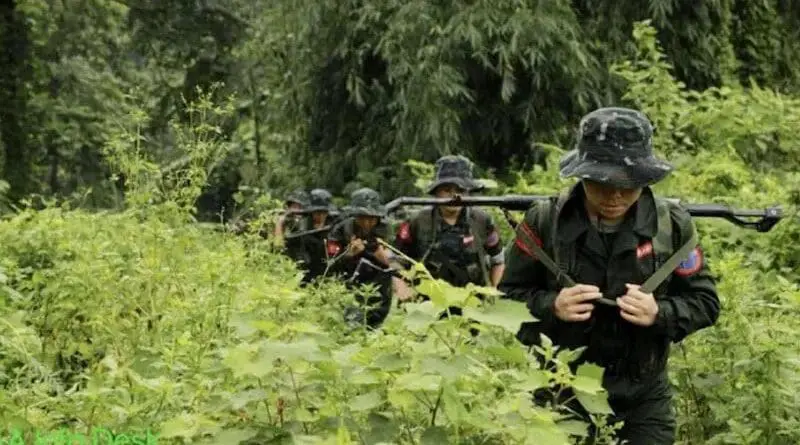


:quality(70)/cloudfront-us-east-1.images.arcpublishing.com/archetype/5JJTEXG76VBSPOGFHOVDYYRU7A.jpg)
:quality(70)/cloudfront-us-east-1.images.arcpublishing.com/archetype/ZCXHECG64BGOPFMAIK5MXXRODE.jpg)



